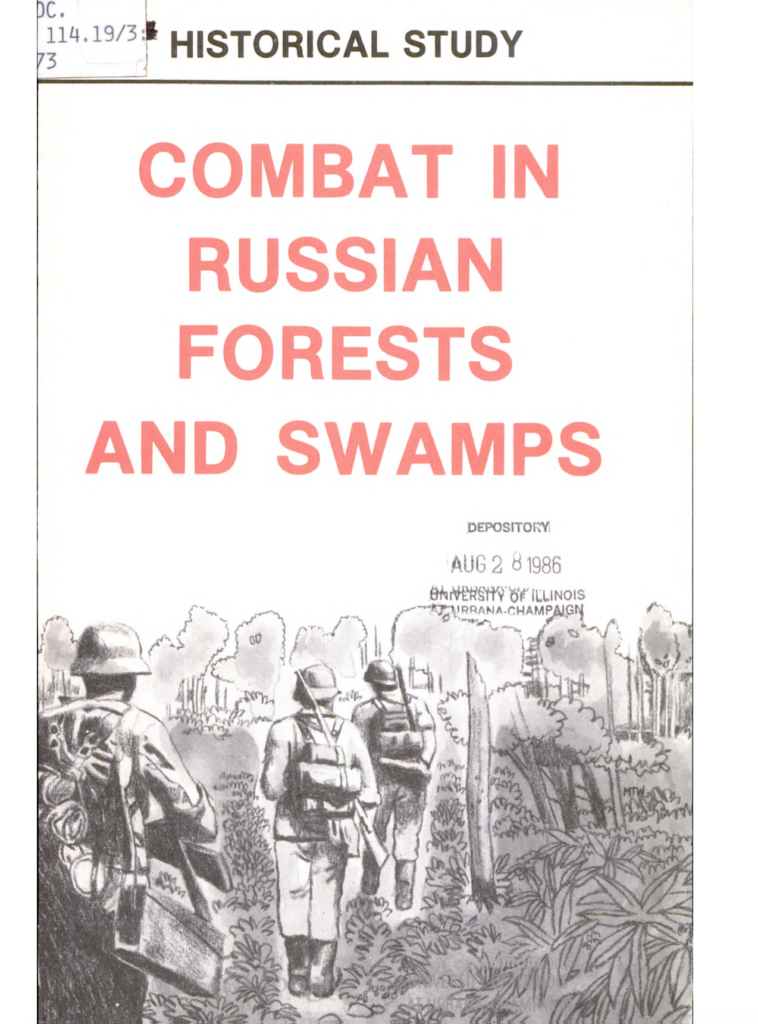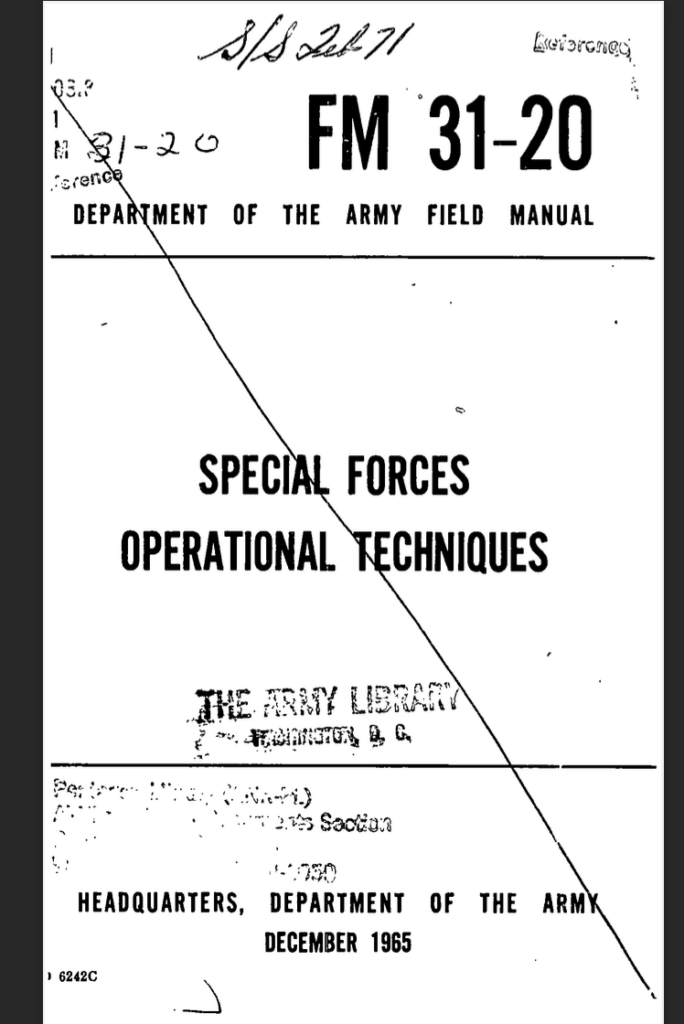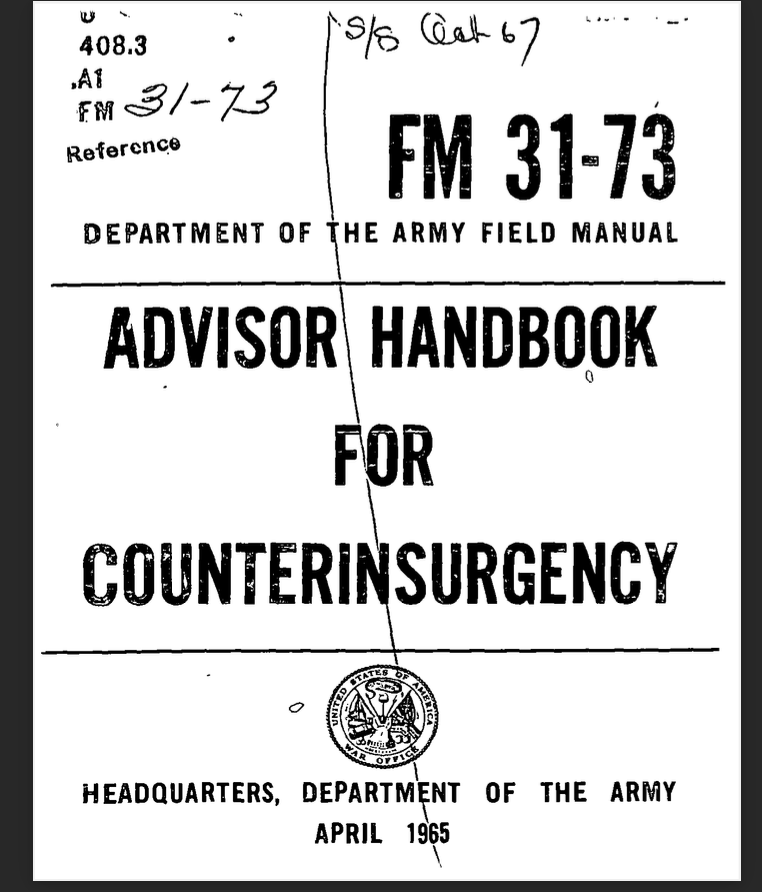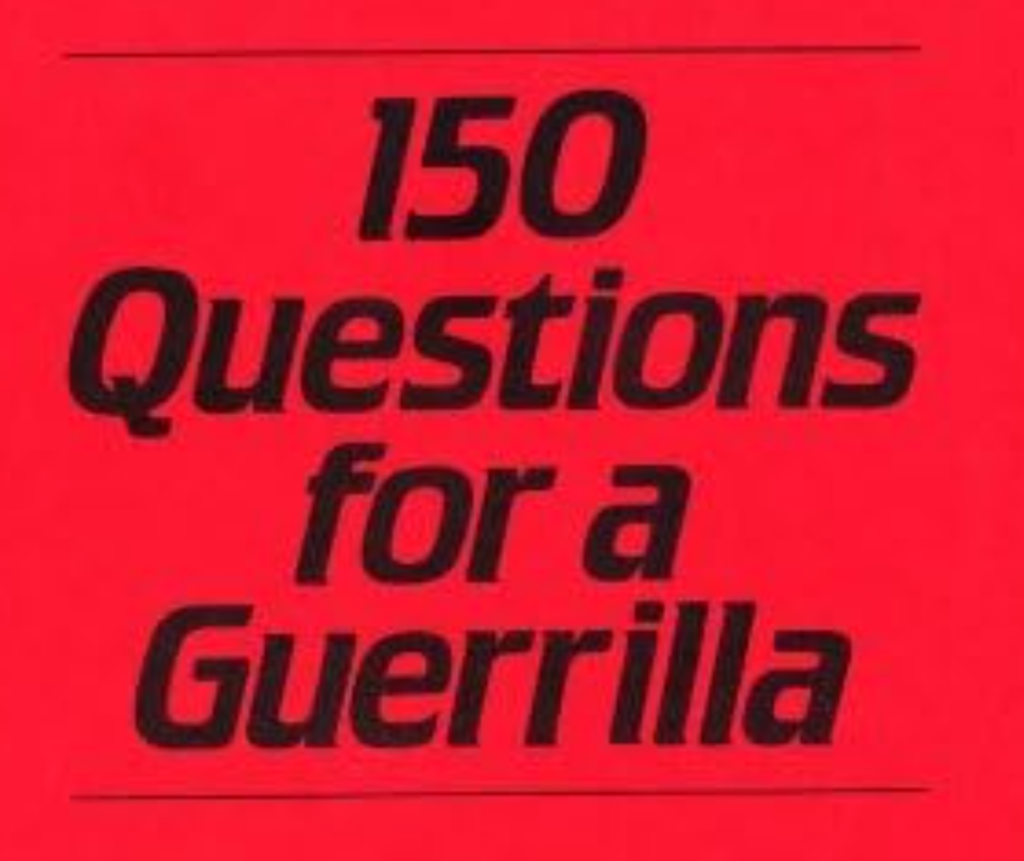Easy 39th has a larger list of Pamphlets so if you don’t see what you want here you can head to that page.
YANK https://www.unz.com/print/Yank
Popular Mechanics https://books.google.com/books?id=rN8DAAAAMBAJ&dq=popular+mechanics+1941&source=gbs_all_issues_r&cad=1
Here is another popular American Magazine. This one was weekly so there are a lot of issues to look through. Like other magazines, this one also captures the products available during the War years.
Collier’s Magazine – Click Here
Editions with Wartime Covers
April 21th, 1945
March 24th, 1945
February 3rd, 1945
November 25th, 1944
September 30th, 1944
June 24th, 1944
May 6th, 1944
March 4th, 1944
February 19th, 1944
February 5th, 1944
January 3rd, 1944
July 31st, 1943
February 20st, 1943
Pamphlets
Pamphlet 21-13 Army Life 1944 | A document which goes over basic military introduction.
If you wish to print it off, the cover is a brown cardstock.
Pamphlet 21-10 Pvt Droop has Missed the War June 5th 1944 | An document that implores soldiers to essentially “don’t do stupid shit with” like driving too fast, hanging out too close to highways, drinking and driving, swimming within 2 hours, and visiting firetraps and cabarets, etc.
Pamphlet 21-23 Don’t Get Killed by Mines or Booby Traps Nov 17th 1944 | A guide that discusses types of German and Japanese and US mines, how they work, how to recognize them, and as well as where one might find them.
Essentially, don’t touch stuff.
Note that the pamphlet contains Nazi symbols and offensive imagery of the Japanese.
Pamphlet 23-2 Hits Count 1959 | A post-war document that discusses how to aim with the M1 Garand rifle. While not WW2-related, the tips are relevant.
Pamphlet 24-2 Radio Telephone Procedure Oct 22nd, 1943 – Part 1 and Part 2 | A short small booklet that explains Radio Telephone Procedure. Print off part 1 on 8.5in b 14in. beige light cardstock, flip it over, and print off part 2. Then cut and fold.
I haven’t tested it but it looks like it’s going to end up being some kind of wallet-sized/index card-size pamphlet. If you want it as an image you can see part 1 and part 2 here.

Pamphlet 27-4 Procedure for Military Executions 1944 | Outlines how to execute by firing squad and hanging convicted military personnel.
It is interesting to note that when the prisoner approaches the firing post or gallows, a band plays “The Death March”, which is Frederic Chopin’s Funeral March. When the prisoner is killed the band plays “..a lively tune”.
For a history of how this song became associated with military executions see: The History of the ‘Dead March’ played before military executions.
Also of note, when execution by firing squad happens between 1 and 4 rifles out of the 12 used will be loaded with blank ammunition.
Transportation
Ford Truck GPW Instructions for Unpacking and Assembly of Boxed Vehicle – Fully Sheathed Create Form 3679-1 | Describes how to unpack a jeep in a crate and assemble it.
Drivers School Schedule of Classes April to May 1944 – A classroom training schedule for training drivers. Includes topics and relevant field and technical manuals.
Medical
Removal of Wounded from Tanks Information Bulletin No 17 June 5th, 1942 | Discusses ways to remove wounded from tanks such as using slings or pulling them out. Mostly focuses on early war tanks like the Lee and Grant and includes British tanks like the Churchill and Valentine.
Classroom Training Schedules
The Army Nurse
The Army Nurse Vol 2 No 1-8 Jan to Aug 1945 – The Army Nurse is a magazine-type publication for Army Nurses. It contains news and information related to the organization.
Comes from AFHRA Reel B1795.
The Army Nurse Vol 1 No 1-12 Jan to Dec 1945 – The Army Nurse is a magazine-type publication for Army Nurses. It contains news and information related to the organization.
Comes from AFHRA Reel B1795.
Ordinance and Weapons
How to Shoot the US Army Rifle – The Infantry Journal, 1943.
Misc
Jody Calls | A marching song invented by Private Willie Lee Duckworth in 1944 to help keep up morale during long marches.
This Jody Call Information paper explains more about the history.
Camp Crowder Guide and Telephone Use – Looks to be a little handout given to folks arriving at Camp Crowder, MI.
For a look at some of the soldiers training at Camp Crowder See: Camp Crowder Signal Corps Training Center 27th Battalion, Co D as well as A Camera Trip at Camp Crowder. For a humorous take see the Pvt Roberts Comic Strip.
For additional Camp Crowder information see: https://www.ibiblio.org/cizewski/signalcorps/crowder/index.html.
Radio War Guide July 1st, 1942 | A handout that outlines things a civilian radio station can take to help spread factual information about the war and help with general war-related programming.
Alphabetical list of APOs Jan 1942 to Nov 1947 | Lists out all the APOs for postal mailing.
If Captured These Are Your Rights 1944 War Department Pamphlet No 21-7 | A handout that outlines what your rights are if captured.
You should be able to print it out on 8.5in by 11in paper and then cut and trim pages. However, the front page may be cardstock.
Should get two staples along the outside seam.
The original book was published in 1942. This is a reprint of it. If I ever come across a PDF of the original book I’ll replace it.
Dirty Fighting An Introduction to the Principles of Combat without Weapons by Lt David Morrah Jr AAA School Camp Davis NC | A manual for hand-to-hand fighting.
Men-at-Arms German Combat Equipments 1939-45 – An Osprey publication that outlines what the German Equipment looks like.
Cohesion and Disintegration in the Wehrmacht by Edward Shils and Morris Janowitz Public Opinion Quarterly Vol. 12 No. 2 1948 | Discusses why the German Army was effective and why it collapsed. Essentially, it was effective when there was trust and not when there wasn’t.
Camouflage Simplified 1942 by Eric Sloane | A book describing ways to camouflage buildings from ariel observations through shadowing, pattern blending, painting etc.
Post-WW2
There’s a small amount of post-WW2 manuals and guides I thought I might post here because they’re too cool and interesting not to share.
Combat in Russian Forests and Swamps Center for Military History 104-2, 1982. This replaces PAM 20-231, July 1951.
150 Questions For A Guerrilla – Alberto Bayo – Paladin Press – 1996. It is an interview conducted with General Bayo before he died. Likely as part of his experience with the Cuban Revolution.





















































